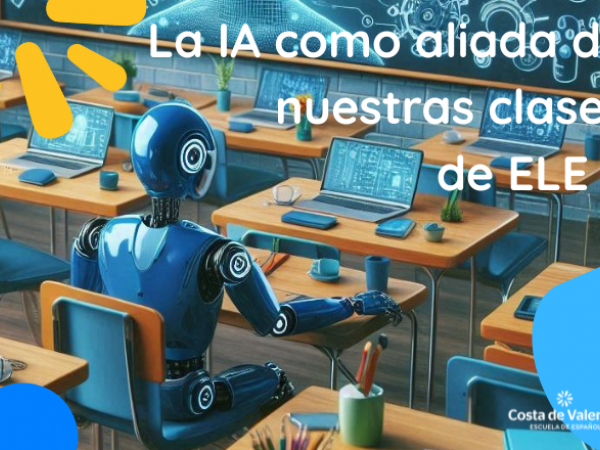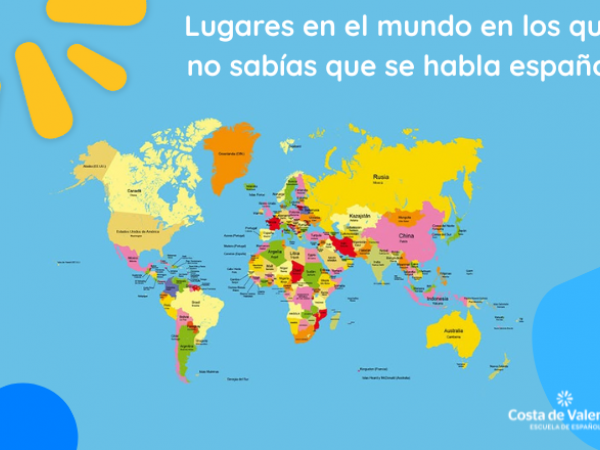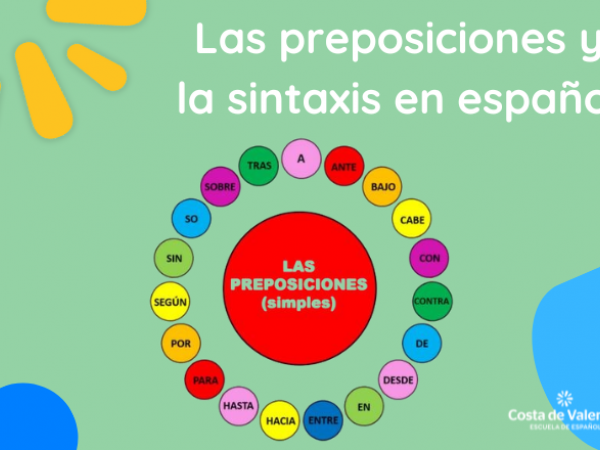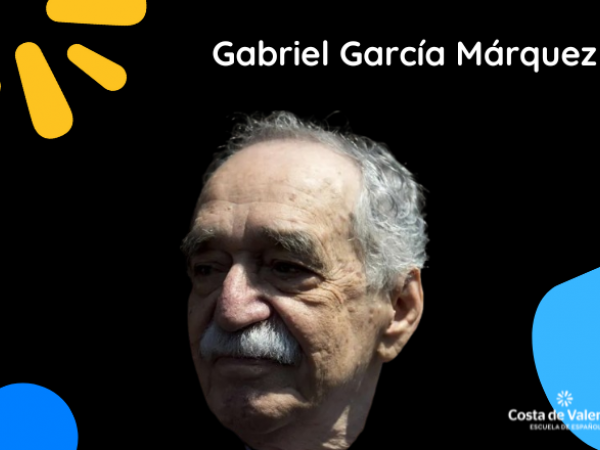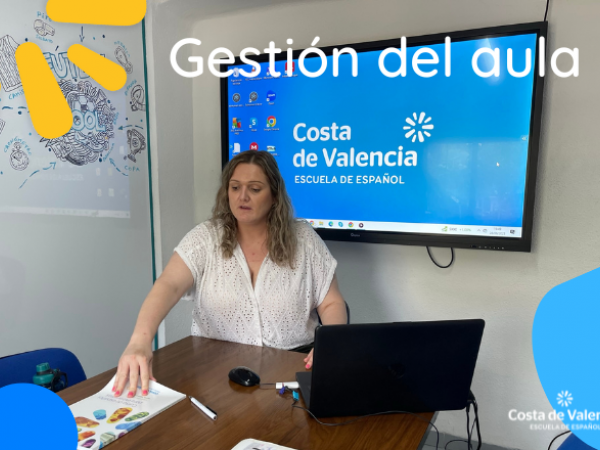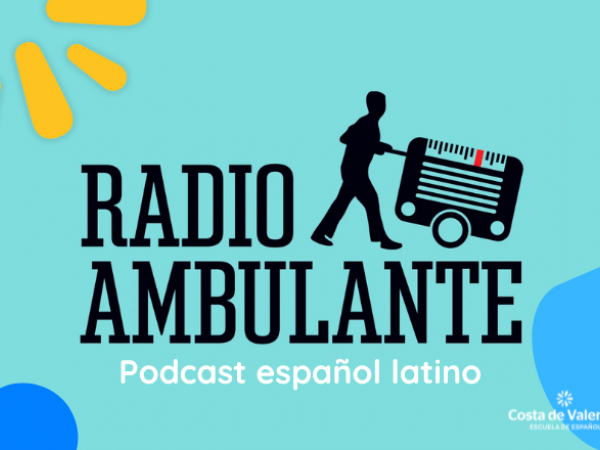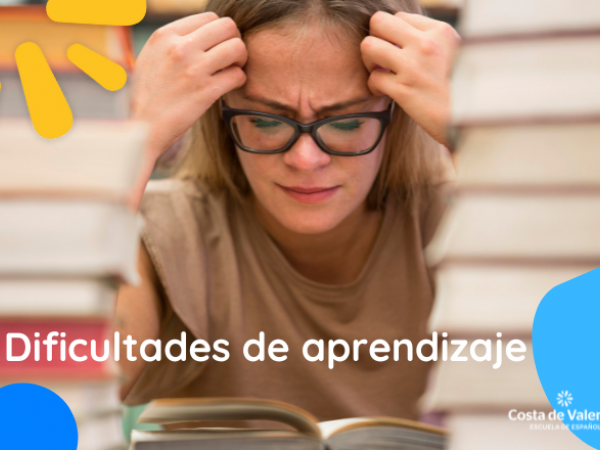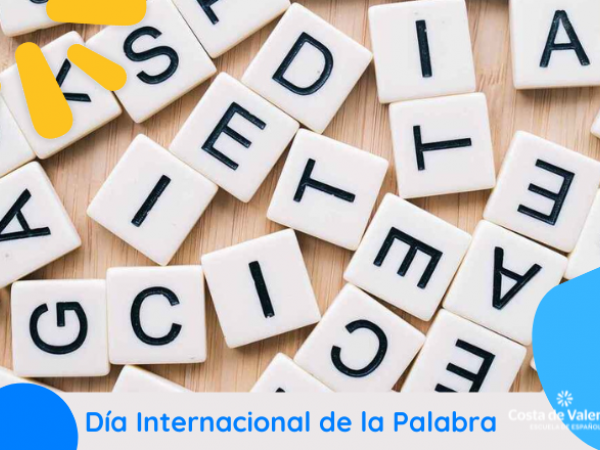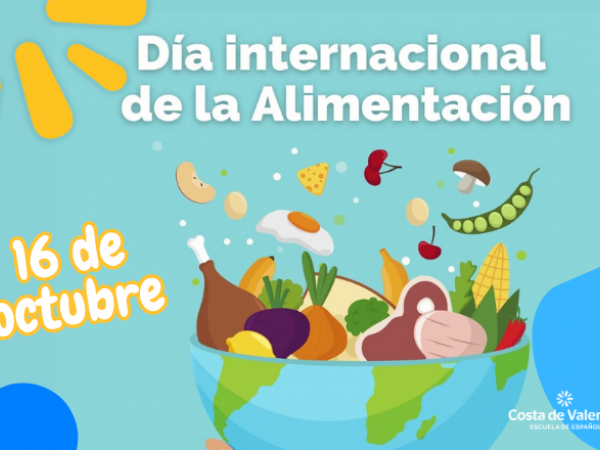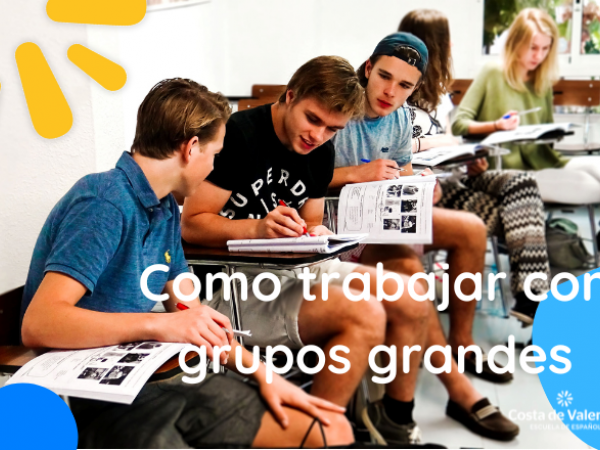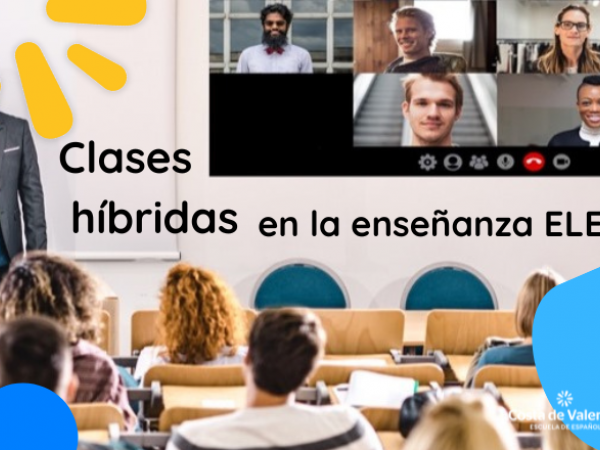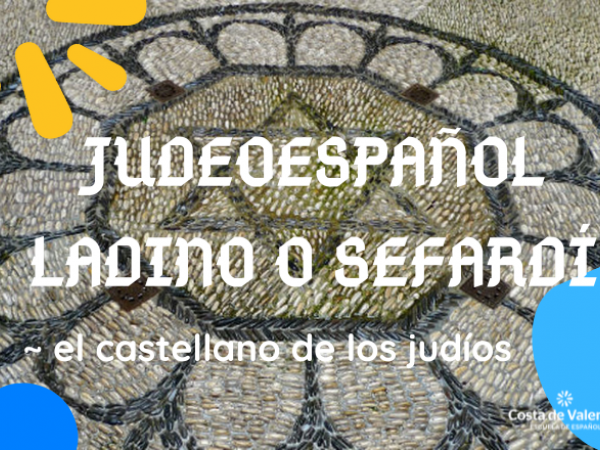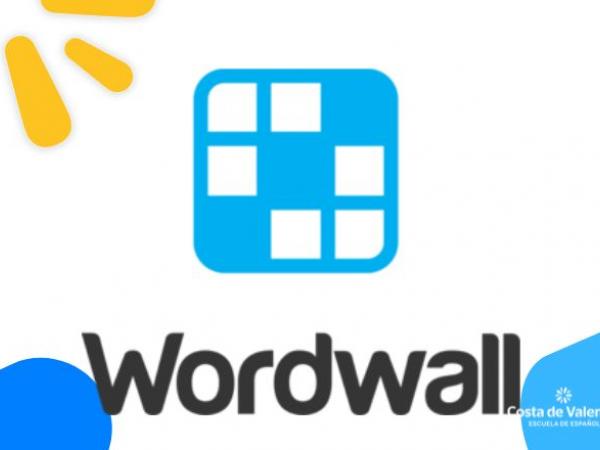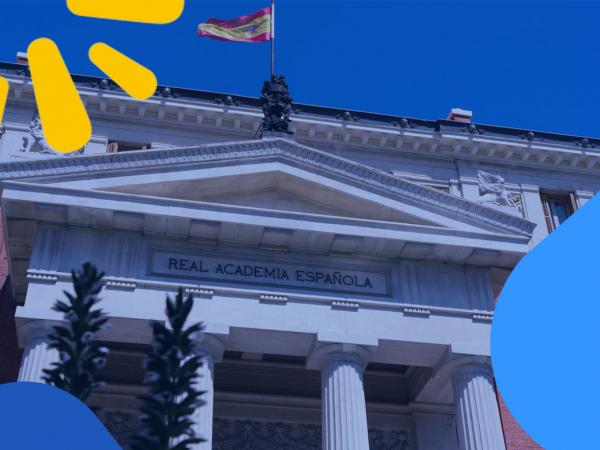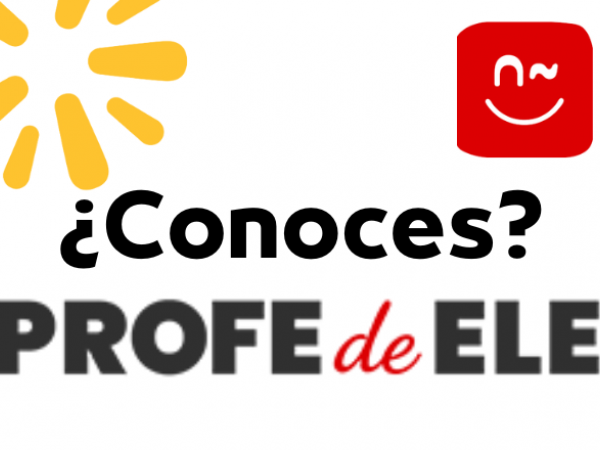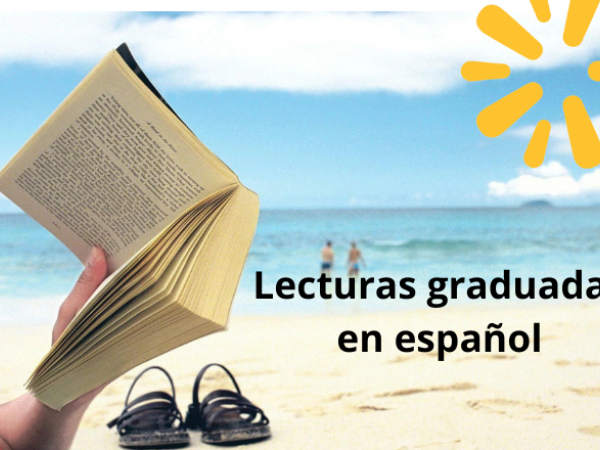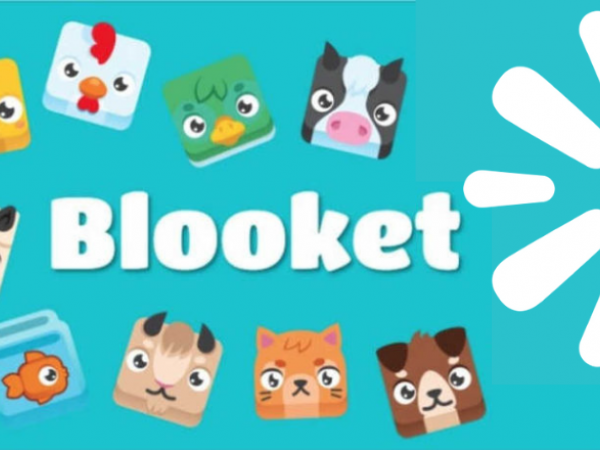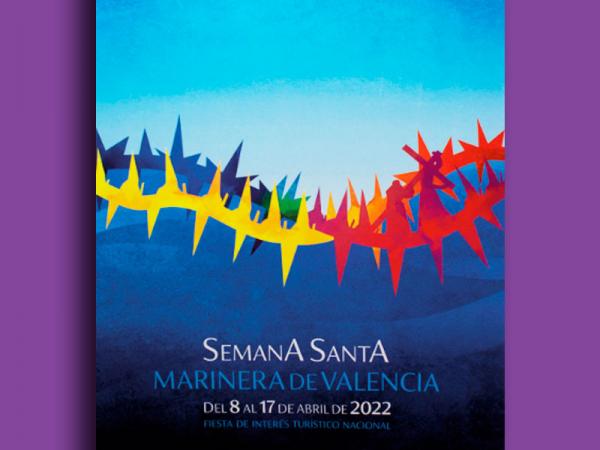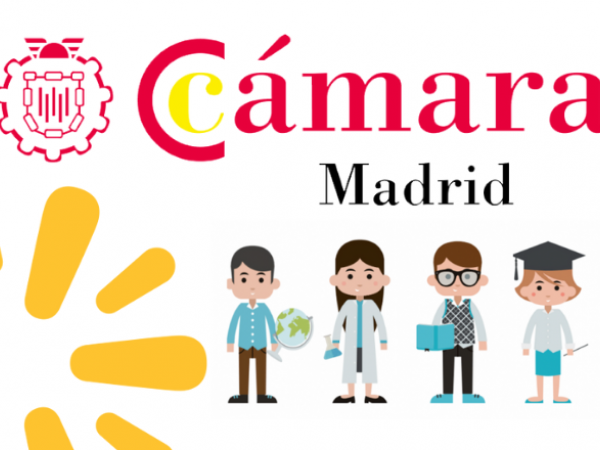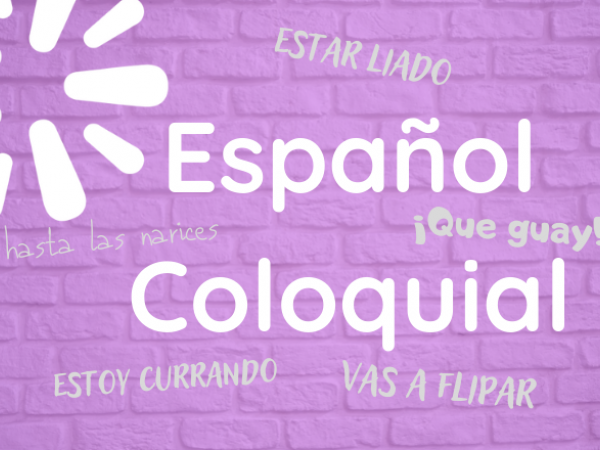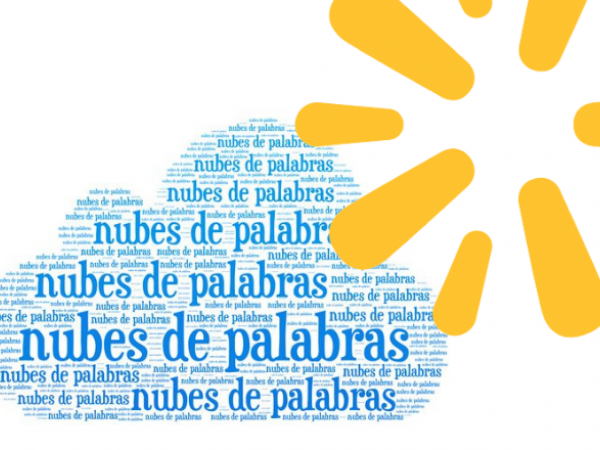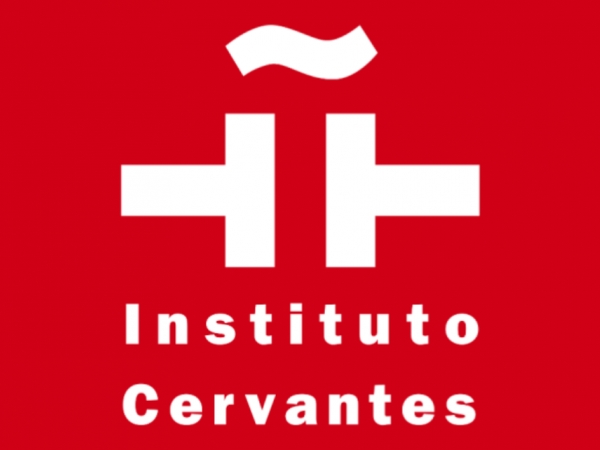Instituto Cervantes Curriculum Plan
Instituto Cervantes Curriculum Plan:
Reference Levels for Spanish
Some time ago we already talked about what exactly the Instituto Cervantes was, but today we want to go deeper into what we think is a fundamental work for any teacher of ELE; the Reference Levels for Spanish.
This work, published in 2006, is the development, in terms of objectives and teaching/learning content, of the CEFR levels, both linguistic and non-linguistic material, that is, for teachers (and also creators of materials, etc.) it is a fundamental work to know what to teach at each level.
However, we should not be confused into thinking that it is a language program that we can take directly to the classroom, nor is it a normative theoretical treatise for Spanish. Let us say that the Reference Levels are the germ for developing all subsequent programs, taking into account the teaching context, the target audience, language policies, institutional characteristics, etc., or the creation of materials and/or official exams.
The work was elaborated by a single coordinating team and the collaboration of specialists in different areas, taking into account the most current knowledge on language acquisition and taking as a basis the normal cultured variety of the central-northern peninsular Spanish variety, although including linguistic specifications of other varieties sufficiently general and easy for the student to perceive. The objective is to give the vision that Spanish is a plural language, and that this diversity does not prevent the mutual understanding of its speakers and that it can be learned to achieve a satisfactory communication with any of them.
In addition, each and every one of the principles recommended by the Council of Europe were taken into account:
- They were developed specifically for Spanish
- They respond to an analysis of the language from the point of view of communication.
- They were elaborated on the basis of the CEFR and taking into account the documents of the Threshold level (T-Level), which are considered to be the first materials published following a communicative approach.

General Objectives
In order to establish the general objectives, the Instituto Cervantes started from the subject of learning, that is, the student. Thus, the following dimensions were taken into account:
- The learner as a social agent. He/she carries out transactions according to his/her own needs and participates in social interactions within the community to which he/she has access. The learner performs tasks in society and needs strategies to do so. The language is used to transmit information and to maintain social relations.
- The learner as an intercultural speaker. Becomes aware of cultural diversity and establishes bridges between the culture of origin and the new one (cultural intermediary). Identifies social conventions and participates in intercultural situations.
- The learner as an autonomous learner. The learner is able to control the learning process, plan it, manage it and gradually become responsible for his/her own learning.
Components and inventories
On the other hand, the language was taken as the object of learning in order to establish the different components and inventories, i.e. "everything we have to teach". Thus, we will find the following division:
Grammatical component
It includes the following inventories:
GRAMMAR. Understood as the set of principles that govern the assembly of elements in sentences with meaning, classified and related to each other. Formerly, grammar was conceived as the memorization and reproduction of elements in fixed formulas, while today it is understood as the ability to express and understand phrases and sentences well formed according to these principles.
Starting from normative factors, but also from usage, the CI uses an eclectic approach in which both structuralist and generativist theories, pedagogical grammars, etc., are taken into account to carry out its inventory.
PRONUNCIATION AND PROSODY. The importance of good pronunciation and the complexity of teaching it are emphasized. The teacher must introduce pronunciation as naturally as possible. The PCIC divides this inventory in three phases, given the difficulty of segmentation: approximation (fundamental characteristics of pronunciation), deepening (it is increasingly adjusted, expressing certain emotional states...) and consolidation (trying to polish nuances, expressing moods...).
ORTHOGRAPHY. Its prescriptive nature means that it is not treated too much in class or only a few notes on accentuation and punctuation are given, but it is important to work on this inventory as well.
Notional component
This component includes categories of a grammatical semantic nature that are not properly lexical units (understood as discrete meaning-bearing elements), but general descriptive concepts.
GENERAL NOTIONS.
These categories are valid for any communicative context. They are abstract concepts such as space, movement, quantity, etc.
We will find lexical units grouped in series (synonymy, hyperonymy, gradations), for example "current/recent/contemporary" or "clarity/darkness", emphasizing the combinatorial resignation of the lexicon (future-desolate/uncertain // [In] month/season) and it is important to emphasize that this is an "open" inventory, in the sense that it illustrates part of the combinatorics, but not all (it would be impossible) and also that it requires adaptation to the learning environment, i.e., depending on the needs of our students, more or less elements could be added both horizontally and vertically.
SPECIFIC NOTIONS.
It is about the "here and now of communication". It takes into account specific lexical units, such as "fruits: orange, apple, grape...".
It is also an open inventory, in the sense that it has an orientative character and is adaptable for each level according to the needs of our students. In order to establish the different lists, the following has been taken into account:
- General objectives of each level
- Fields (MCER)
- Criteria of frequency and communicative profitability.
- Colloquial and formal register at higher levels.
Pragmatic-discursive component
This component includes all that is necessary to know in order to participate effectively in communicative exchanges. It is based on the assumption that knowledge of a language is not an end in itself, but that the ultimate goal is to use it.
FUNCTIONS
A function is a communicative purpose common to a series of speech acts. For example, a function would be "to ask for something" and would be translated into different speech acts of the type: "Could you give me...? Give it to me... Give it to me?..."
In this inventory we find different cumulative exponents (they are not taken up at another level) and productive exponents (the learner must be able to produce them, even if he/she does not understand them 100% analytically). We will also find register marks (colloquial, formal) and idiomatic expressions from B2 onwards. As the levels advance, the number of functions and exponents increases, in addition to finding more open exponents in the formulation. Paralinguistic resources (intonation) or kinesics (head movements) are also common.
PRAGMATIC TACTICS AND STRATEGIES
Pragmatics is the science that describes the rules that govern the linguistic performance of speakers, as well as the strategies they use to make these messages appropriate and effective. Thanks to pragmatics, we can explain why certain phenomena do not seem to respond to grammatical principles, but are nevertheless correct, as when we say something like "Books, bring lots of them".
We understand tactics as the selection of a particular resource in each situation, while strategy would be the decision procedures to satisfy a given communicative purpose.
For example, if we are not interested in engaging with a particular piece of information, a strategy would be to minimize our participation in the discourse. The tactic, how we are going to do it, could be, for example, to use impersonal structures where there is no trace of "I", such as, for example, "it is said that...", "one does what one can", etc.
The content of this inventory is divided into three main blocks: "discourse construction and interpretation" (discourse markers, deixis...), modalization (when the sender manifests himself in the utterance and shows his attitude) and interactional behavior (verbal politeness...).
DISCOURSE GENRES AND TEXTUAL PRODUCTS
Genres" can be defined as classes of texts identified by the speaker as such throughout history. Within a community, each genre shares certain features that make it recognizable and allow its description and analysis. The treatment of texts (textual products), understood as any sample of language, both oral and written, from the point of view of the genre to which it belongs, makes it easier for students to perceive in a global way the communicative function it fulfills in the social context for which it was created.
This inventory includes a list of the genres that correspond to each of the levels in two lists, oral and written; it also presents an inventory based on the previous lists that includes an indication of the genres that learners must be able to produce and others that they must only understand. Examples are also presented. The third section includes a development of the constituent elements of the different macrofunctions (descriptive, narrative, expository and argumentative).
Cultural component
It responds to the idea that language learning acquires full meaning to the extent that the speaker broadens his or her own worldview and develops his or her social personality through access to a new reality. The following inventories are included:
CULTURAL REFERENCES.
Description of the geographical, political, economic, etc., characteristics of Hispanic countries, as well as their historical and cultural heritage, characters and events.
An overview is given of those references that have become part of the cultural heritage of the community, presenting a universal knowledge. The statements are of a general nature; no examples are given in order not to influence, less in the case of authors and characters whose work is recognized worldwide, such as Picasso, Cervantes....
The contents are divided into three phases (approximation, deepening and consolidation) and in three large blocks:
- General knowledge of Hispanic countries
- Events and protagonists of the past / present
- Cultural products and creations
SOCIOCULTURAL KNOWLEDGE AND BEHAVIOR
All cultural knowledge based on experience is presented here. Knowledge includes declarative knowledge (what is, where, how much...) and beliefs and values (norms, moral values, prejudices...) Behaviors include information about social conventions: punctuality, dress, gestures...
Regarding the organization of this inventory:
- We find living conditions and social organization (food, schedules...).
- Interpersonal relationships...
- collective identity, lifestyle (social awareness, respect, greetings...)
INTERCULTURAL SKILLS AND ATTITUDES
These are the procedures that when activated in a strategic way will allow the student to approach other cultures, especially the Spanish/Spanish-American culture.
By skills we understand the operations that allow the student to capture, elaborate or interpret information about facts and cultural products, develop the capacity and performance during intercultural experiences. Attitudes, on the other hand, would be the procedures that allow to establish the conscious control of the learner's predisposition; cognitively (thought structures, schemas...) and emotionally (reactions, feelings...).
Learning component: Learning procedures
Includes all those actions that learners carry out to set in motion operations aimed at mobilizing, regulating and increasing the cognitive, emotional or volitional resources at their disposal, both in the learning process and in the use of the language. Related to the ability to teach how to learn, this list cannot be conceived as a source for classroom teaching of prefixed sequences of operations that can be taught as "learning recipes", but as a basis on which to program the proposals made in the classroom so that the learner builds his or her own strategic knowledge based on self-regulation and control of the cognitive, affective or social factors that are consciously brought into play during the processes of learning and use of the language.
The inventory is organized in two main blocks:
- List of learning procedures. It offers a list of learning procedures accompanied by some illustrative examples of strategic application.
- Strategic use of learning procedures during task performance. It is structured according to the stages and operations involved in the reflective and conscious performance of learning tasks and language use: planning, realization, evaluation and control, repair and adjustments.
In short, this is a very important work and a reference for the teaching-learning of Spanish which, fortunately, can be consulted online and which, in our opinion, all teachers of Spanish should know because, as we have said, it is the basis on which most educational programs of Spanish as a foreign language are articulated.



